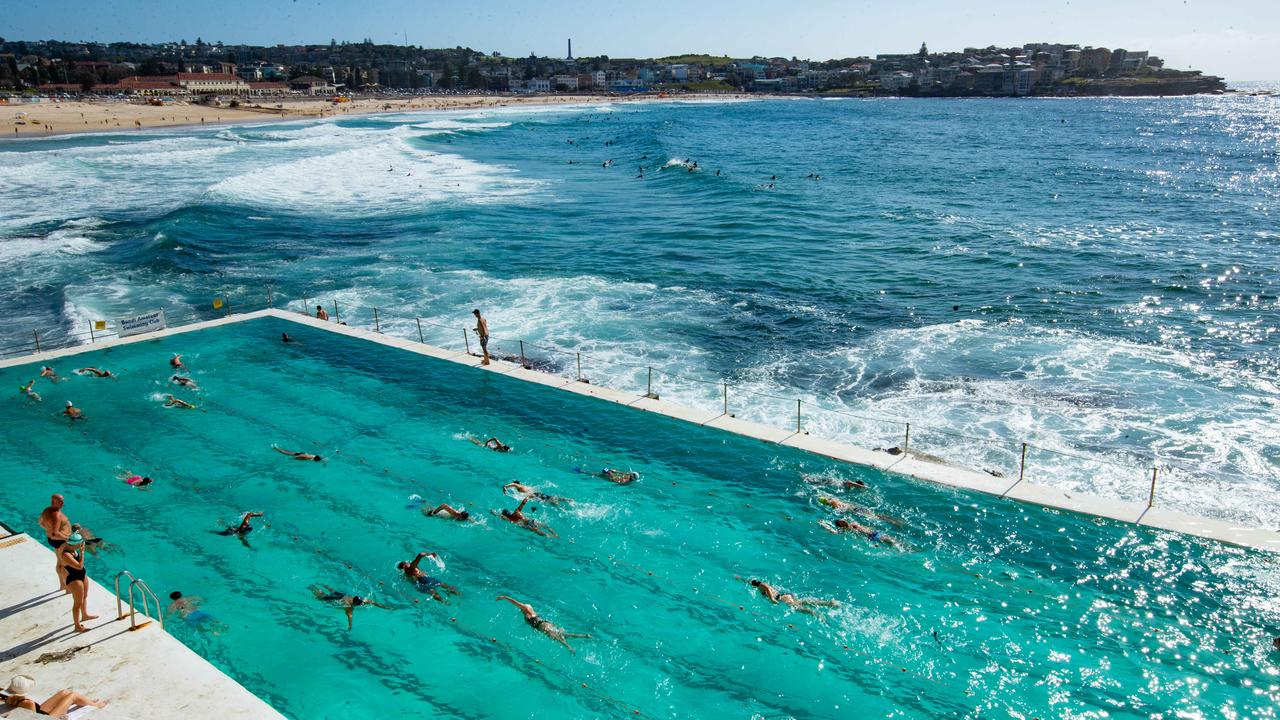New Year’s Eve 2003: The terror plot Sydney never knew about
THE terror plot the nation never knew about can now be revealed. It was New Year’s Eve, with harbour-side families getting excited about fireworks — as police feverishly tried to locate a boat that could carry out a catastrophic attack.
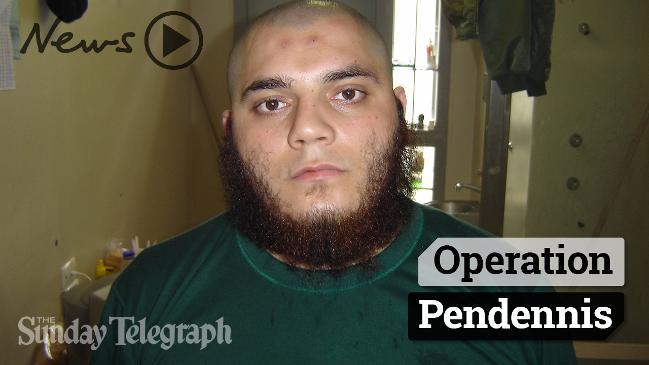
NSW
Don't miss out on the headlines from NSW. Followed categories will be added to My News.
IT’S New Year’s Eve 2003, and Counter Terrorism Investigations Unit officer Detective Sergeant Peter Moroney keeps one eye on the boat ramp at Hen and Chicken Bay, on Sydney Harbour, and the other on the blissfully unaware crowds lining the foreshore.
There is a buzz in the air, but it is lost on Det Sgt Moroney. As families get increasingly excited about the upcoming fireworks extravaganza, anti-terrorism police are feverishly trying to locate a boat that could carry out a potentially catastrophic attack.
“You sit there thinking, ‘You have no idea what is potentially about to come your way’,” Mr Moroney told the Sunday Telegraph, speaking for the first time about the secret operation carried out to protect revellers that year.
This is the terror plot the nation has never been told about. Mr Moroney, 44, who left the police force in 2011 after 17 years, has revealed the details in his upcoming book Terrorism In Australia, which tells the story behind Australia’s biggest counter-terrorism investigation, Operation Pendennis.
The son of former police commissioner Ken Moroney, he joined the police in 1994.
Then, as the world grappled with the increasing threat of terrorism after the September 11 attacks on New York’s twin towers in 2001, Mr Moroney signed up for the newly formed counter-terrorism unit in 2003. He was allocated a target to investigate, a criminal-turned-Islamic radical he refers to as “Mahmoud”.
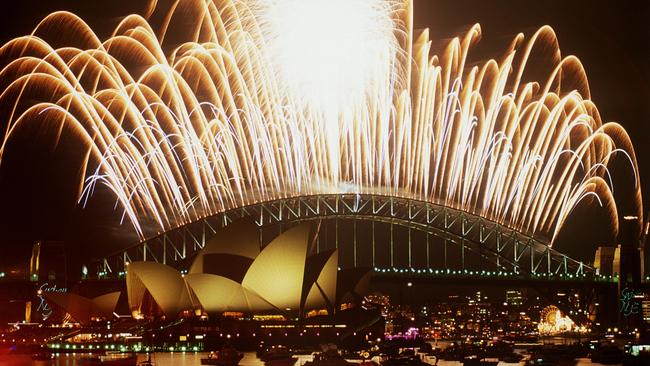
Mahmoud was a young Muslim man who at first became involved in organised crime, only to be radicalised while serving time in prison.
By 2003, he was keeping company with like-minded extremists, including Khaled Sharrouf, the notorious Islamic State supporter killed fighting in Syria. And his hatred is growing.
Police were watching him closely and suspected he was planning a terror attack — they just didn’t know when or where.
That was until, by chance, Det Sgt Moroney drove past him in Lakemba in December that year. Mahmoud was towing a boat behind his car. Mr Moroney said this week: “You tortured yourself in your own head thinking, ‘Don’t be an idiot, the poor guy is towing a boat. Who cares?’
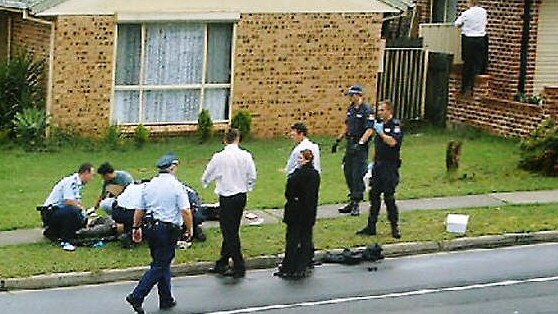
“But it was just knowing him, knowing how he operated and that his hatred for the West was growing, it made little sense that he would go get a boat to enjoy the harbour.”
From a tracker on his car, police knew Mahmoud was visiting vantage points around the harbour in the fortnight before the New Year’s Eve fireworks.
In his book, Moroney explains how investigators started to speculate that Mahmoud may plan to blow up the boat on the harbour or attack a naval vessel.
Nine days out from New Year’s Eve, Mahmoud took his boat out at 11pm with Moustafa Cheikho, Khaled Cheikho, Omar Jamal and Abdul Rakib Hasan. Those men would later form part of the notorious Pendennis Nine, a Sydney terror cell that amassed bomb-making materials and weapons in 2005.
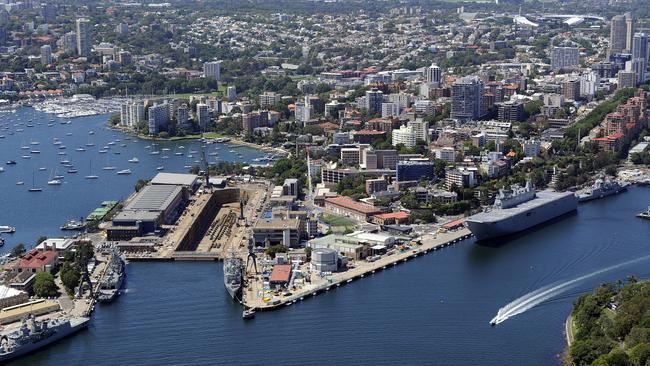
When water police pulled up alongside the group, huddled in the middle of the boat, they claimed they were fishing.
“But there were no rods, no fishing gear, no bait,” Mr Moroney recalled. His suspicions increased when he learned Mahmoud had acquired a second boat, which police couldn’t track down. “That was the heightened aspect of it,” he said. “Was it seaworthy? What had he done with it? Why couldn’t we find it?”
By the time New Year’s Eve dawned, police were on edge. More than 100 officers were deployed to watch every boat ramp on the harbour.
Others were watching Mahmoud’s house and his car. PolAir and the elite tactical operations unit were on standby.
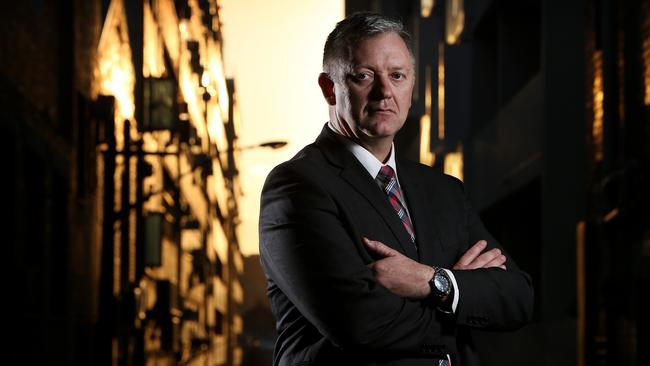
As huge crowds began to flood into the CBD, top law enforcement officials were huddled in a briefing room at the Crime Commission. Then Police Minister John Watkins was briefed and was being kept up to date throughout the night.
“It struck me as being really strange that the world was going about its business, celebrating New Year’s Eve totally unaware that there was a deeply serious operation happening behind the scenes,” Mr Watkins said on Friday.
Earlier in the day, a decision was made to divert an oil tanker from entering the harbour. It was a potential target and the risk was too high.
“That tanker was diverted at a cost of about a quarter of a million dollars to keep it out to sea for a couple of days,” Mr Moroney said.
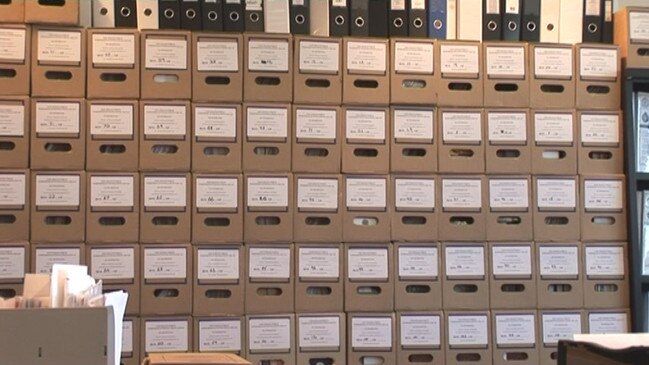
It was also decided that if police couldn’t find Mahmoud’s second boat by 9pm, officers would simply knock on his front door and ask him. The strategy risked alerting Mahmoud and sending him to ground.
“But it was the decision that had to be made — we couldn’t let it go,” Mr Moroney said.
When police confronted him, Mahmoud claimed to have limited knowledge of the second boat and said that he had sold it.
JIHADIS ‘PLOTTED MEAT MINCER BOMB ATTACK TO BLOW UP FLIGHT’
It was nearly midnight and the second boat had to be found, but police were back at square one. Officers started going back over old mobile phone data as midnight loomed. Finally, at 1am, after noticing Mahmoud’s phone had been used in a suburb in Sydney’s southwest, Mr Moroney and his offsider found the boat in a dead-end street. It was barely seaworthy.
“The moment we found it, we were stood down,” he said.
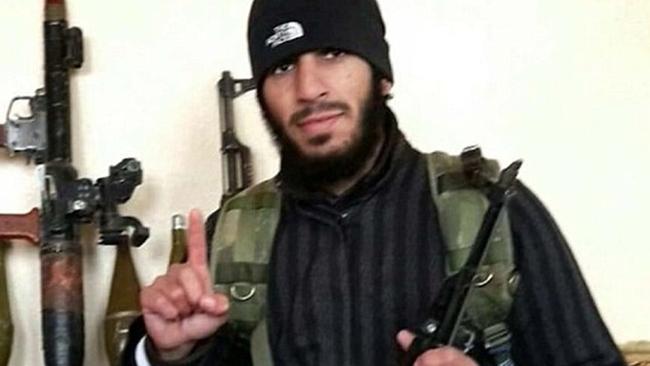
Exactly what Mahmoud and his extremist friends were planning is open only to speculation.
Years later, after Mahmoud left Australia under a fake name and was arrested at a training camp in Lebanon, he admitted carrying out reconnaissance on the harbour, Moroney said.
But Mahmoud said he wanted to attack a naval base, not carry out a mass casualty attack. He never followed through because he couldn’t source the funds to buy the weapons. Some investigators believe him, some don’t.
PENDENNIS: THE PLANE PLOT THAT COULD HAVE BEEN OUR 9/11
THE SYDNEY STREET WELL KNOWN TO COUNTERTERRORISM POLICE
Regardless, the focus on Mahmoud led police to his friends, the men who would become intertwined in Australia’s biggest terrorism plot.
In 2005, Det Sgt Moroney and his team arrested Cheikho, Jamal, Hasan, Sharrouf and Mohamed Ali Elomar as part of the 16-month investigation Operation Pendennis.
The case involved two extremist cells, one in Sydney and one in Melbourne, conspiring to carry out a terror attack.
Reflecting on his work in counter-terrorism, Mr Moroney, who now works in security and risk consultancy, believes it is a crime that is here to stay.
“What concerns me the most now is the speed and ease at which they go from zero to 100,” he said.
- Terrorism in Australia: The Story of Operation Pendennis is published by New Holland.
Originally published as New Year’s Eve 2003: The terror plot Sydney never knew about

